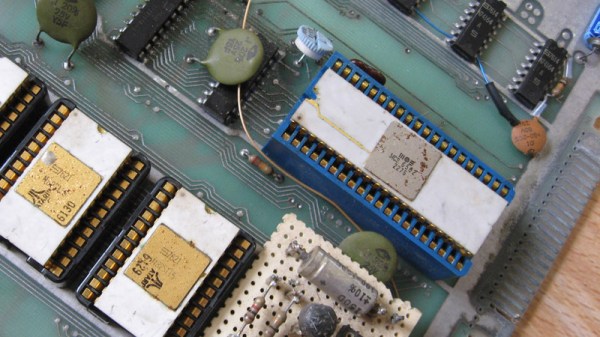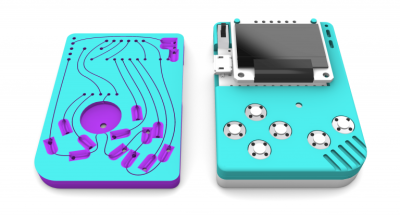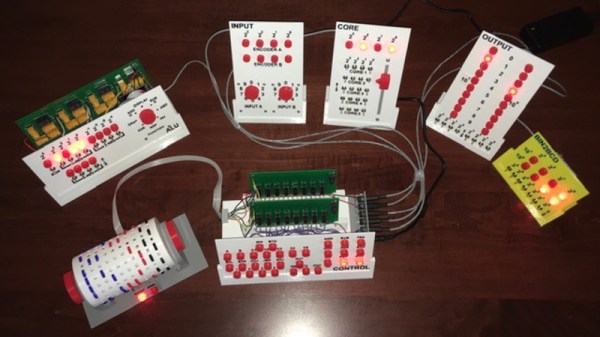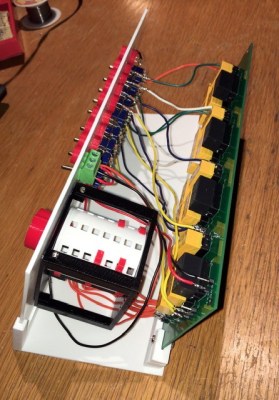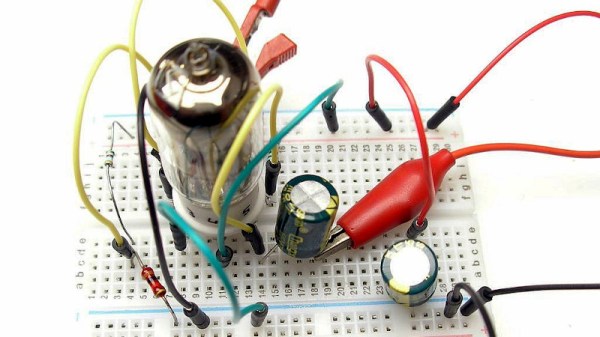The phrase “Barn find” is normally associated with the world of older cars, where enthusiasts live in the hope that they may one day stumble upon a dusty supercar lurking unloved for decades on a remote farm. It’s not so often found in the context of electronics, but that’s the phrase that [John Culver] uses for a mid-1970s Atari arcade board that had been through a very hard time indeed and was in part coated with cow dung. It’s interesting because it sports a very early example of a MOS 6502 in a ceramic package, whose date code tells us was manufactured in week 22 of 1976.
Finding a microprocessor, even a slightly rare one, is not that great an event in itself. What makes this one interesting is the state it was in when he got it, and the steps he used to retrieve it from the board without it sustaining damage, and then to clean it up and remove accumulated rust on its pins. We are fast approaching a point at which older microprocessors become artifacts rather than mere components, and it’s likely that more than one of us with an interest in such things may one day have to acquire those skills.
We’re rewarded at the end with a picture of the classic chip passing tests with flying colours, and the interesting quirk that this is a chip with the famous rotate right bug that affected early 6502s. If you are interested in the 6502 then you should definitely read our colleague [Bil Herd]’s tribute to its recently-departed designer, [Chuck Peddle].

